This article was medically reviewed by Farah Khan, MD. Dr. Farah Khan is a Board Certified Allergist and Immunologist who graduated from fellowship in 2020. She specializes in asthma, food allergy, skin conditions, and rhinosinusitis care, and treats both adult and pediatric patients. Dr. Khan holds an MD from Ross University School of Medicine. She completed her Pediatric Residency training at INOVA Children's Hospital and her fellowship at Virginia Commonwealth University. Dr. Khan is an active member of the American Academy of Allergy, Asthma and Immunology as well as the Clinical Immunology Society.
There are 12 references cited in this article, which can be found at the bottom of the page.
This article has been viewed 223,795 times.
Facial swelling can occur for a variety of reasons, including allergic reactions, dental work, and medical conditions like edema. Most facial swelling is minor and can be treated with an ice pack and elevation. If you are experiencing severe swelling, see your doctor immediately!
Steps
Treating Facial Swelling
-
1Identify probable causes of your facial swelling.[1] There are a number of conditions and reactions that may cause facial swelling. Different causes can require different treatments, so identifying the probable causes of your swelling will help you pick the right course of action. Some likely causes include:[2]
- Allergic reactions[3]
- Cellulitis, a bacterial skin infection
- Sinusitis, a bacterial infection of the sinus area
- Conjunctivitis, an inflammation of the area around the eyes
- Angioedema, a severe swelling beneath the skin
- Thyroid problems
-
2Use an ice pack. Applying cold to a swollen area can help reduce inflammation and pain. You can either wrap ice in a towel or use an ice pack and press it against the swollen areas on your face. Hold the ice pack against your face for 10 to 20 minutes.[4]
- You can use an ice pack multiple times each day for up the 72 hours.
Advertisement -
3Elevate your head. Keeping the swollen area elevated can help reduce swelling, so keeping your head up can help. During the day, sit with your head upright. When you get ready for bed, position yourself so that your head will be elevated while you sleep.[5]
- You can place pillows behind your back and head to angle your upper body back against the headboard.
-
4Avoid hot things. When your face is swollen, avoid hot things for at least 48 hours. Hot things can increase the swelling in your face and make the inflammation worse. This side effect of heat means you should avoid hot showers, hot tubs, hot baths, and/or hot packs.[6]
-
5Try a turmeric paste. Turmeric is a natural remedy believed to help reduce inflammation. You can make a paste by adding turmeric powder or freshly ground turmeric to water. You can also mix turmeric with sandalwood, which also is supposed to help inflammation. Apply the paste on the swollen area of your face, making sure to avoid getting it in your eyes.
- Leave the paste on for around 10 minutes. Rinse it off. Then, press a rag covered with cold water on your face.
-
6Wait for it to go away. Some facial swelling will go away on its own, especially if it is connected to minor injuries or allergies. You just have to be patient and deal with it until then. However, if it doesn’t change or get better within a few days, go to the doctor.[7]
- If the facial swelling is an isolated symptom from an allergic reaction, take one tablet of an oral antihistamine medication and watch for resolution or further progression, in which case you should seek medical care.[8]
-
7Refrain from taking certain pain medications. If you are experiencing facial swelling, don’t take aspirin or other NSAIDs to help with any related pain. These types of over-the-counter pain relievers can cause your blood not to clot properly. This inability to clot can lead to bleeding as well as increased or prolonged swelling.[9]
Seeking Medical Attention
-
1Contact your doctor if the symptoms get worse. If the swelling doesn’t go down within two to three days or the symptoms get worse, contact your doctor. There could be an infection or more serious condition causing the inflammation.[10]
- If you feel any numbness or tingling on your face, experience any vision problems, or notice any pus or other signs of infection, go to the doctor.
-
2Use an antihistamine. The facial swelling may be due to an allergic reaction. You can try taking an over-the-counter antihistamine to see if that helps.[11] If that doesn’t help, go to the doctor. They can diagnose the underlying cause and prescribe stronger antihistamines.[12]
- They may prescribe oral or topical antihistamines.
-
3Take a diuretic. Some facial swelling, especially that caused by edema, can be treated by medications that help rid your body of excess fluids. Your doctor may prescribe you a diuretic, which will help release fluid in your body through urine.[13]
-
4Change medications. Sometimes, medications such as prednisone that you take may lead to swelling, which can occur in the face. Talk to your doctor about the medications that you take. If your doctor suspects that is the cause, they will change your medication.[14]
Making Lifestyle Changes
-
1Sleep on more pillows. If your pillow is too flat and your head hangs down too much during sleep, your face may start to swell. Place one or two extra pillows or pillows that are fluffier than you are used to using on your bed. This change in your pillows can help keep your head elevated, which can help reduce inflammation when you wake up in the morning.[15]
-
2Eat a healthy, balanced diet. Increased sugars and starches can contribute to swelling. To help manage this, eat a healthy, well-balanced diet that incorporates high-quality proteins and non-starchy vegetables such as leafy greens. Try to get at least 5 servings of fruits and vegetables per day, and minimize your intake of alcohol. sugary beverages, and processed foods.[16]
-
3Reduce your salt intake. Salt can lead to inflammation, retaining water, and puffiness. Reducing how much sodium is in your diet may help reduce swelling around your face.[17] The American Heart Association suggests that a healthy amount of sodium for most adults is around 1,500 milligrams of sodium a day.
- Reducing sodium can be done by limiting the amount of prepackaged foods, fast foods, canned foods, and processed foods. They contain high amounts of sodium.
- Choose to make your own food from scratch to help with monitoring your sodium. You can control the amount of sodium in a way that you are not able to with prepackaged meals.
-
4Stay active. Lack of activity can cause fluid build-up that may cause or increase swelling. Incorporate at least 30 minutes of moderate physical activity such as jogging or walking into your daily routine to help manage chronic swelling.
-
5Drink more water. Dehydration can lead to inflammation and worsen conditions that lead to facial swelling. Lack of water also causes your skin to get dry and irritated, which can lead to inflammation. To keep your face glowing and healthy, drink at least eight 8-ounce glasses of water each day.[18]
-
6Try regular facial exercises. Facial exercises such as sucking in your cheeks and pursing your lips can help keep the face toned and firm. Other potentially effective facial exercises include:[19]
- Gently tapping your face with both of your middle fingers at the same time.
- Placing your fingers in the shape of a peace sign and gently moving your brows up and down.
- Pursing your teeth together and then making exaggerated "OO, EE" movements.
Expert Q&A
-
QuestionHow can you reduce edema for diabetes?
 Luba Lee, FNP-BC, MSLuba Lee, FNP-BC is a Board-Certified Family Nurse Practitioner (FNP) and educator in Tennessee with over a decade of clinical experience. Luba has certifications in Pediatric Advanced Life Support (PALS), Emergency Medicine, Advanced Cardiac Life Support (ACLS), Team Building, and Critical Care Nursing. She received her Master of Science in Nursing (MSN) from the University of Tennessee in 2006.
Luba Lee, FNP-BC, MSLuba Lee, FNP-BC is a Board-Certified Family Nurse Practitioner (FNP) and educator in Tennessee with over a decade of clinical experience. Luba has certifications in Pediatric Advanced Life Support (PALS), Emergency Medicine, Advanced Cardiac Life Support (ACLS), Team Building, and Critical Care Nursing. She received her Master of Science in Nursing (MSN) from the University of Tennessee in 2006.
Board-Certified Family Nurse Practitioner Swelling in legs, ankles and feet is common in diabetes which is often caused by water retention. Good blood glucose control, low dietary salt intake, elevation of your feet and wearing support stockings as well as exercise help to alleviate swelling. Call your doctor as soon as possible if swelling does not improve or worsens or if you have also liver disease and experience swelling in your legs or abdomen, if you have fever or noticed decreased urine output.
Swelling in legs, ankles and feet is common in diabetes which is often caused by water retention. Good blood glucose control, low dietary salt intake, elevation of your feet and wearing support stockings as well as exercise help to alleviate swelling. Call your doctor as soon as possible if swelling does not improve or worsens or if you have also liver disease and experience swelling in your legs or abdomen, if you have fever or noticed decreased urine output.
Tip
- Swollen faces caused by severe allergic reactions may lead to anaphylaxis and may require immediate medical attention. If you notice accompanying symptoms such as swelling in the throat, difficulty breathing, anxiety, increased heart rate, or dizziness should call emergency medical services immediately.[20]
- If your tongue is swollen, your voice changed or you're feeling shortness of breathing, use an emergency Epinephrine injection pen and call 911.[21]
References
- ↑ Farah Khan, MD. Board Certified Allergist & Immunologist. Expert Interview. 5 January 2022.
- ↑ http://www.thehealthsite.com/diseases-conditions/10-causes-of-facial-swelling/
- ↑ Farah Khan, MD. Board Certified Allergist & Immunologist. Expert Interview. 5 January 2022.
- ↑ http://www.uofmhealth.org/health-library/facei#aa49205
- ↑ http://www.mayoclinic.org/diseases-conditions/edema/basics/lifestyle-home-remedies/con-20033037
- ↑ http://www.uofmhealth.org/health-library/facei#aa49205
- ↑ http://www.mayoclinic.org/diseases-conditions/edema/basics/treatment/con-20033037
- ↑ Farah Khan, MD. Board Certified Allergist & Immunologist. Expert Interview. 5 January 2022.
- ↑ http://www.uofmhealth.org/health-library/facei#aa49205
- ↑ https://www.ucsfhealth.org/conditions/facial_injury/
- ↑ Farah Khan, MD. Board Certified Allergist & Immunologist. Expert Interview. 5 January 2022.
- ↑ https://my.clevelandclinic.org/health/articles/allergy-overview
- ↑ http://www.aafp.org/afp/2005/0601/p2111.html
- ↑ http://www.mayoclinic.org/diseases-conditions/edema/basics/treatment/con-20033037
- ↑ http://www.mayoclinic.org/diseases-conditions/edema/basics/lifestyle-home-remedies/con-20033037
- ↑ https://www.cbsnews.com/news/for-a-longer-life-researchers-say-eat-this-many-fruits-and-veggies-per-day/
- ↑ http://www.aafp.org/afp/2005/0601/p2111.html
- ↑ https://www.ncbi.nlm.nih.gov/pmc/articles/PMC3438915/
- ↑ https://www.mensfitness.com/training/pro-tips/facial-exercises-look-younger-and-get-muscular-jawline
- ↑ https://www.healthline.com/health/facial-swelling
- ↑ Farah Khan, MD. Board Certified Allergist & Immunologist. Expert Interview. 5 January 2022.
About This Article
To reduce your facial swelling, apply an ice pack or bag of frozen vegetables wrapped in a towel to the swollen area for 10-20 minutes. Repeat this a few times a day for the first 3 days. When you take a shower or bath, use cool or warm water for at least 48 hours, since heat can increase the swelling in your face. At night, add a couple extra pillows behind your upper back and neck to keep your head upright, which will help to reduce your swelling. If your face doesn’t go down within 2-3 days or your symptoms get worse, contact your doctor, since this could be a sign of infection. For more tips from our Medical co-author, including how to perform facial exercises to reduce your swelling, read on!



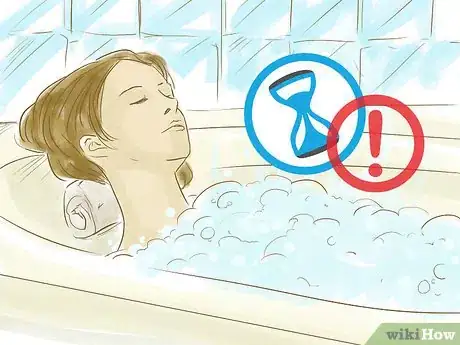


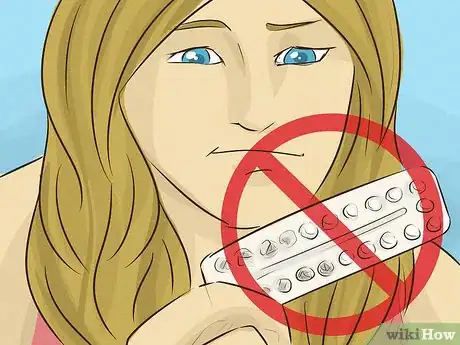
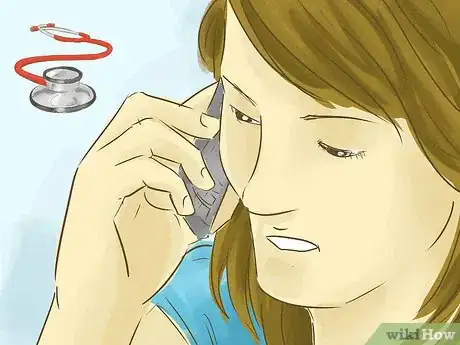
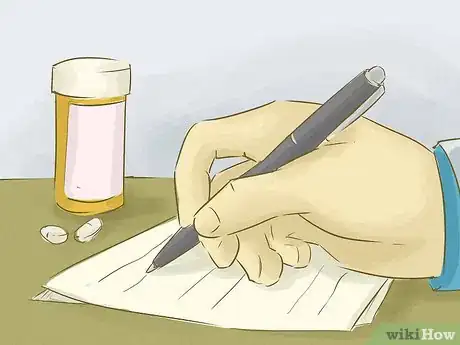
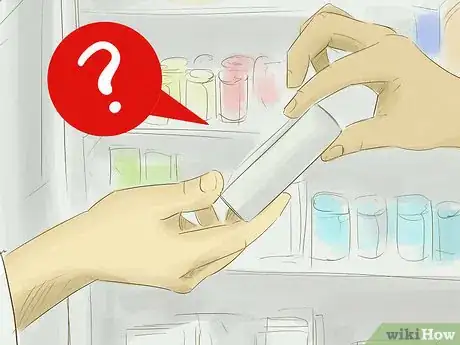


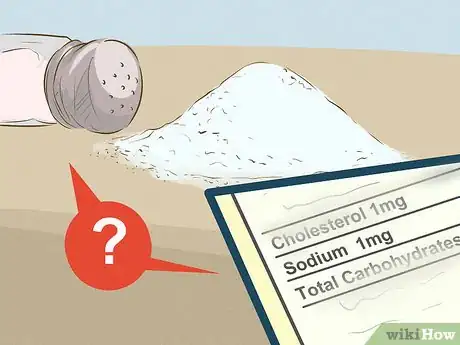
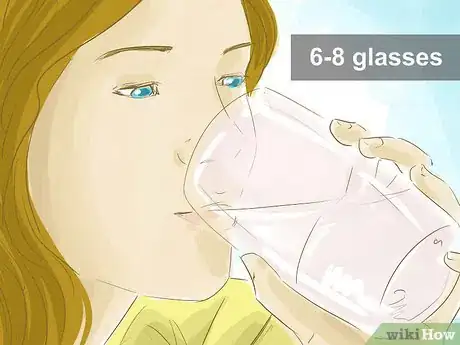
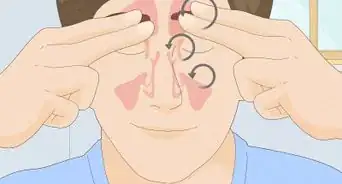
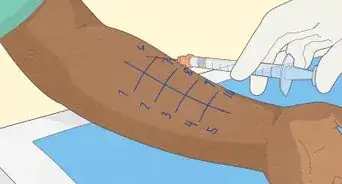
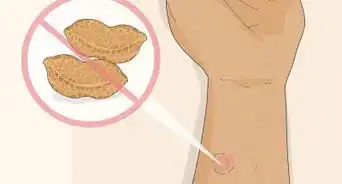

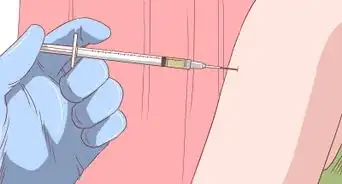

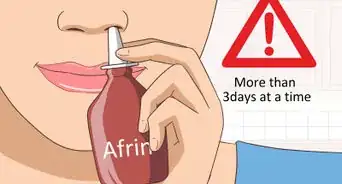
-Step-17-Version-3.webp)





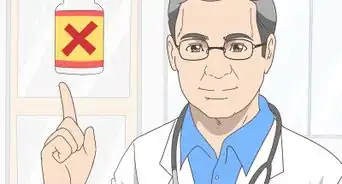








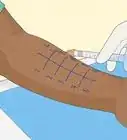
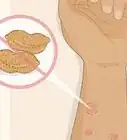




































Medical Disclaimer
The content of this article is not intended to be a substitute for professional medical advice, examination, diagnosis, or treatment. You should always contact your doctor or other qualified healthcare professional before starting, changing, or stopping any kind of health treatment.
Read More...